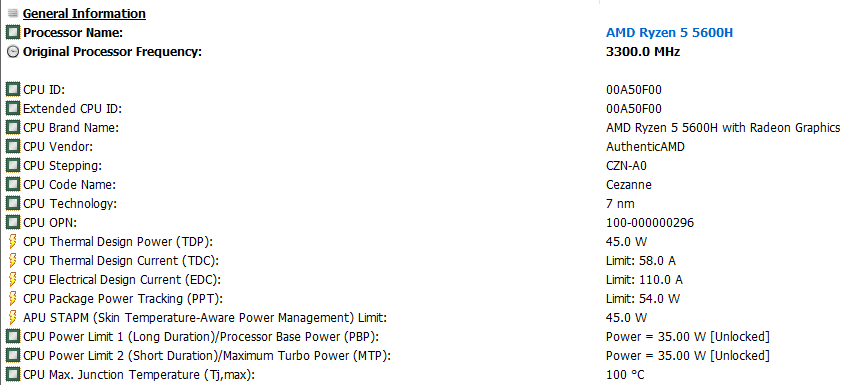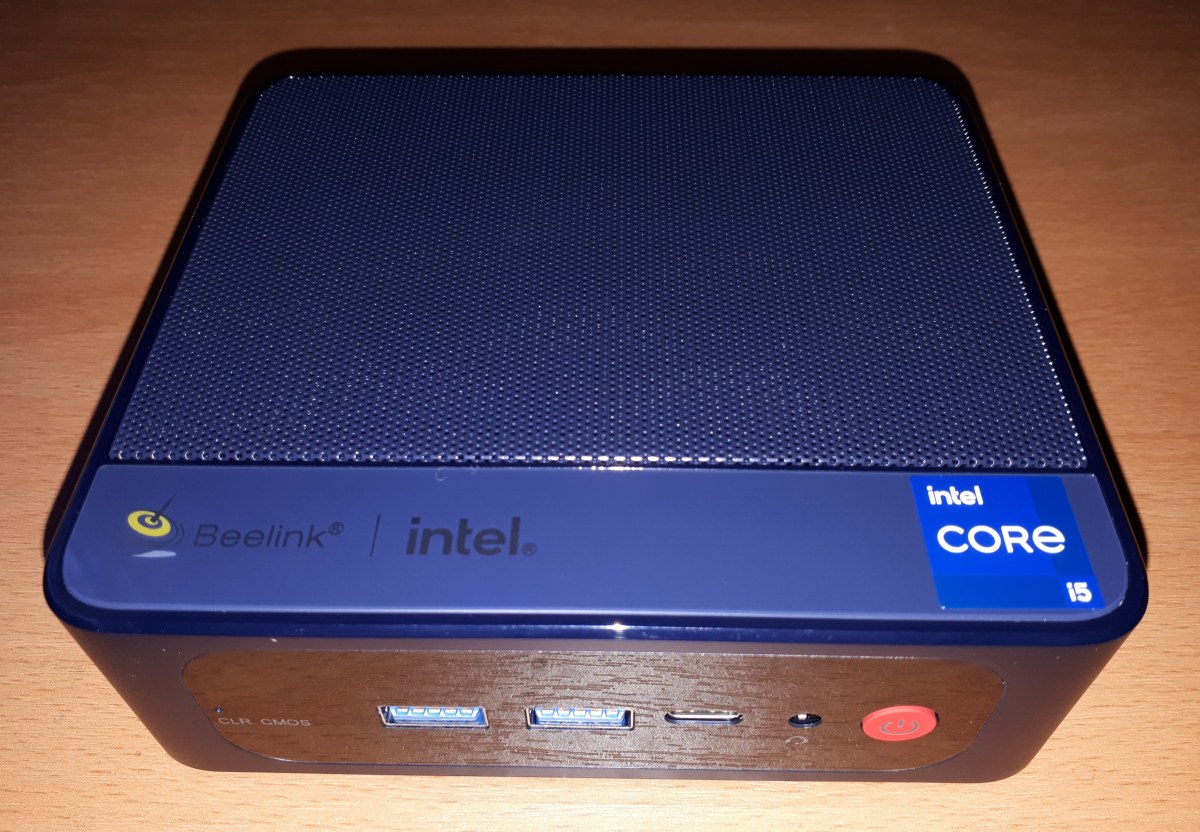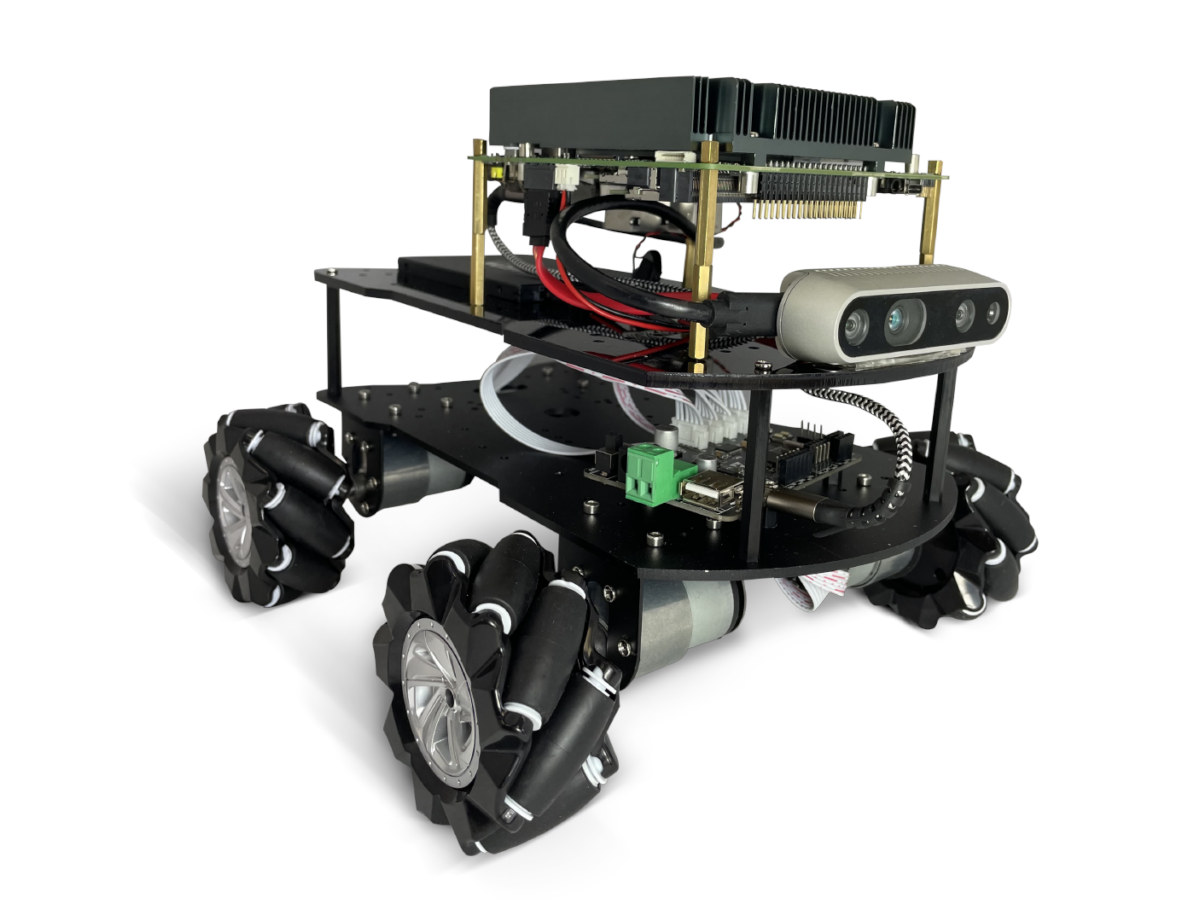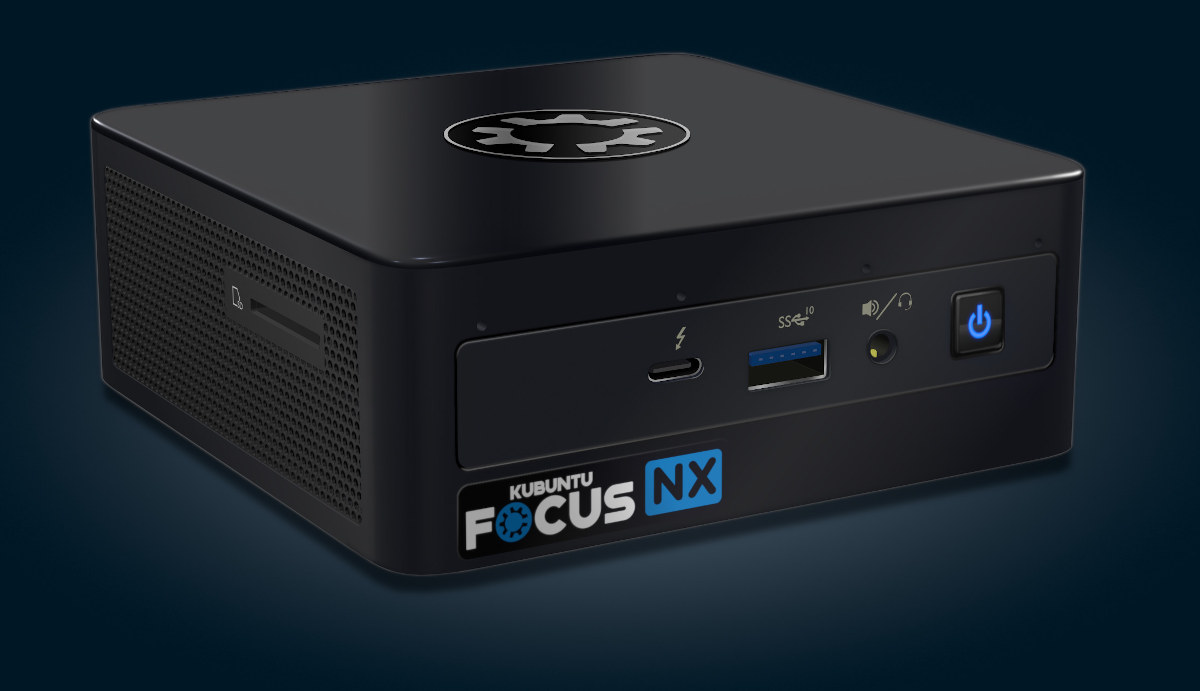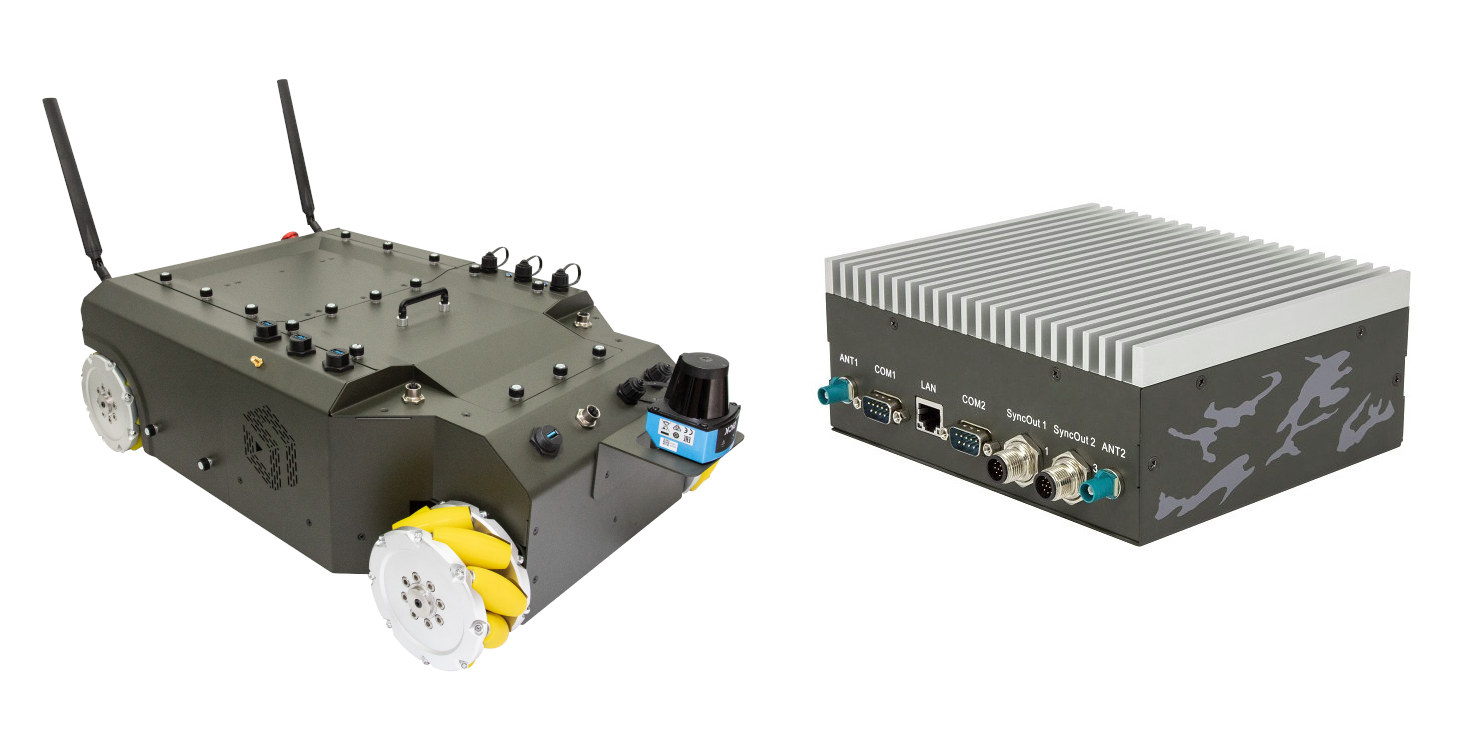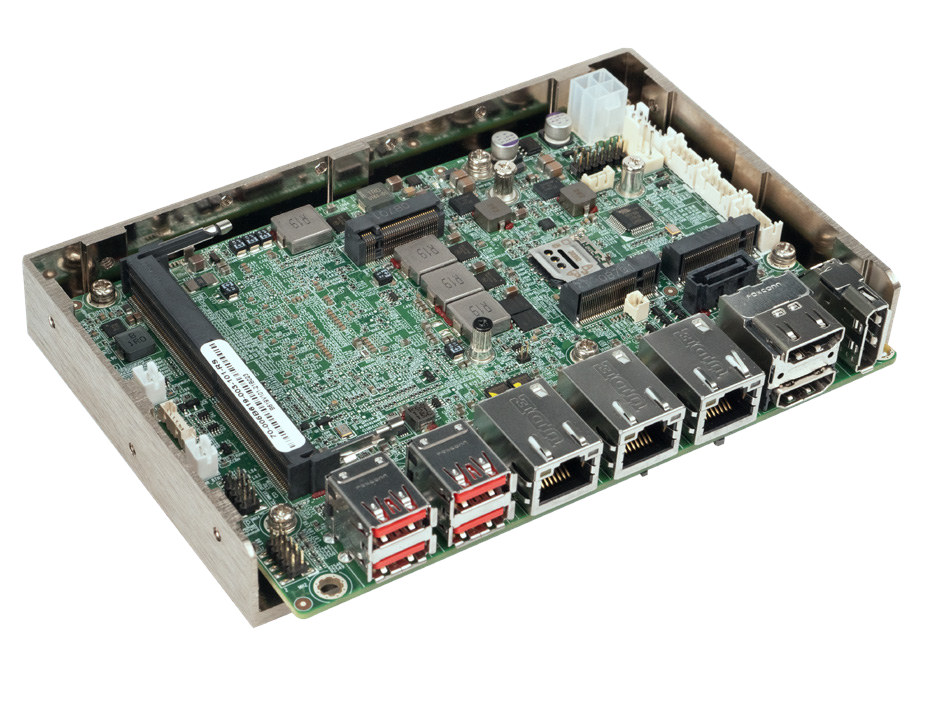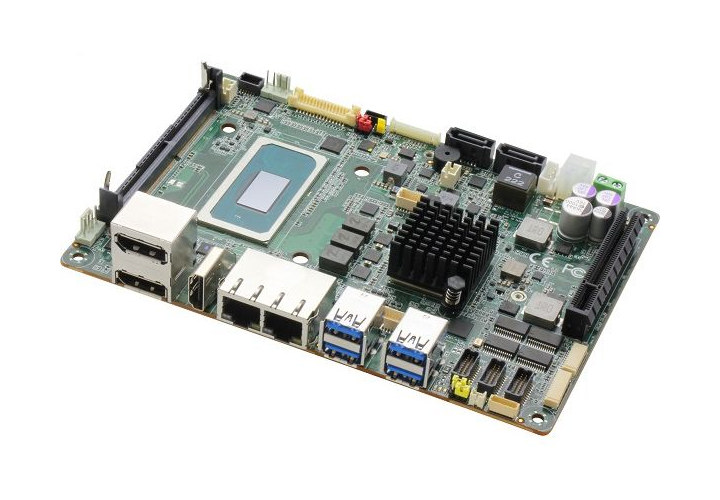A TDP (Thermal Design Power) value in Watts will usually be provided for Intel and AMD processors to help manufacturers design an appropriate thermal solution for a given processor, and it’s often used to estimate power consumption by consumers. But TDP is also often configurable, and manufacturers may decide to increase to decrease the value for higher performance or lower power consumption, so we’ll show you how to check the TDP value, or more exactly PL1 and PL2 power limits in both Windows 11 and Linux (Ubuntu 22.04). Note that TDP is being replaced by PBP (Processor Base Power) in newer processors, with PL1 (Long Duration) corresponding to BPB, and PL2 (Short Duration) to Maximum Turbo Power (MTP), at least on Intel chips. Check the TDP values in Windows 11 You’ll first need to install HWiNFO64 program, then start it leaving all options unticked (default), and go to Control Processor(s) […]
Beelink SEi11 Pro Review – An Intel Core i5-11320H mini PC tested with Windows 11, Ubuntu 22.04
The latest mini PC marketed in the ‘Pro’ range from Beelink is the SEi11 Pro and features one of last year’s Intel H-series processors typically used in gaming laptops. Beelink kindly sent one for review and I’ve looked at performance running both Windows 11 and Ubuntu 22.04. Beelink SEi11 Pro hardware overview The Beelink SEi11 Pro physically consists of a 126 x 113 x 40mm (4.96 x 4.45 x 1.57 inches) square metal case. As an actively cooled mini PC, it uses Intel’s ‘10 nm SuperFin’ Tiger Lake processor and the review model included an i5-11320H which is a quad-core 8-thread 3.20 GHz Core processor (at 35W TDP) boosting to 4.50 GHz with Intel’s Iris Xe Graphics. The front panel has an illuminated power button, a 3.5mm headphone jack, a data-only Type-C USB 3.1 port, dual USB 3.1 ports and a reset pin-hole ‘CLR CMOS’. The rear panel includes a […]
AAEON launches UP Xtreme i11 & UP Squared 6000 robotic development kits
AAEON’s UP Bridge the Gap community has partnered with Intel to release two robotic development kits based on either UP Xtreme i11 or UP Squared 6000 single board computers in order to simplify robotics evaluation and development. Both robotic development kits come with a four-wheeled robot prototype that can move omnidirectionally, sense and map its environment, avoid obstacles, and detect people and objects. Since those capabilities are already implemented, users can save time and money working on further customization for specific use cases. Key features and specifications: SBC UP Squared 6000 SBC – Recommended for power efficiency and extended battery power SoC – Intel Atom x6425RE Elkhart Lake processor clocked up to 1.90 GHz with Intel UHD Graphics System Memory – 8GB LPDDR4 Storage – 64GB eMMC flash, SATA port UP Xtreme i11 SBC – Recommended for higher performance SoC Intel Core i7-1185GRE clocked at up to 4.40 GHz and […]
Kubuntu Focus NX is a Linux mini PC with a Tiger Lake processor, two Thunderbolt 3 ports
Kubuntu Focus NX is a mini PC running Kubuntu Focus Linux operating system on an Intel Core i5-1135G7 or i7-1165G7 Tiger Lake processor, with up to 64GB RAM, support for NVMe and SATA storage, offering four HDMI/DisplayPort video outputs, two Thunderbolt 3 / USB-C ports, and three extra USB 3.2 Type-A ports. The mini PC also comes with decent networking and wireless connectivity thanks to a 2.5GbE port and an Intel AX601 module enabling WiFi 6 and Bluetooth 5.2. Mini PCs shipping with Linux by default are quite rare, and most that do are fairly expensive ones, so it’s nice to see a more affordable mid-range mini PC working with Kubuntu Focus out of the box. Kubuntu Focus NX mini PC specifications: SoC (one or the other) Intel Core i7-1165G7 Tiger Lake quad-core/8-thread processor @ 2.8 GHz / 4.7 GHz (Turbo) with 12MB cache, 96EU Intel Xe graphics ; TDP: […]
SyncBot educational mobile robot supports NVIDIA Xavier NX or Intel Tiger Lake controller
Syncbotic Syncbot is a four-wheel autonomous mobile robot (AMR) platform for research and education that can be fitted with an NVIDIA Xavier NX or an Intel Apollo Lake/Tiger Lake-based controller running Ubuntu 20.04 operating system with ROS 2 framework, and comes with an motion control MCU board with an EtherCat master and running Zephyr OS. The robot comes with four 400W TECO servo motors, can handle up to 80kg payloads for sensors and a robotic arm, features 12V and 24V power output for sensors, four USB 3.0 ports, and can also be equipped with an eight-camera kit with Intel RealSense and ToF cameras. Syncbot AMR specifications: Robot Controller Platform (one or the other) SyncBotic A100 evaluation ki (Apollo Lake E3940) SyncBotic SBC-T800 series (Intel Tiger Lake UP3) SyncBotic SBC W series (Intel Tiger Lake UP3, waterproof version) SyncBotic NSync-200 series (NVIDIA NX) Dimensions – 200 x 190 mm STM32-based Motion […]
WAFER-TGL-U 3.5-inch Tiger Lake SBC offers 3x 2.5GbE ports, SATA, 4x display interfaces
IEI’s WAFER-TGL-U is a 3.5-inch SBC based on a choice of Intel Tiger Lake UP3 processors with up to 32GB RAM, SATA storage, three 2.5 Gbps Ethernet ports, four display interfaces including HDMI, DisplayPort, and the company’s custom iDPM 3040 slot for eDP/LVDS/VGA, as well as four USB 3.2 ports. The board also comes with M.2 sockets to add 4G LTE or 5G cellular connectivity, a few RS232/RS422/RS485 ports, and IEI says it is ideal for space-constrained applications such as AGV (Automated Guided Vehicle), AMR (Autonomous Mobile Robot), and small cabinets in factories. WAFER-TGL-U specifications: Tiger Lake UP3 SoC (One or the other) Intel Core i7-1185G7E quad-core processor up to 4.4GHz 12MB cache, TDP=28/15/12W Intel Core i5-1145G7E quad-core processor up to 4.1GHz, 8MB Cache, TDP=28/15/12W Intel Core i3-1115G4E dual-core processor up to 3.9GHz, dual-core, 6M Cache, TDP=28/15/12W Intel Celeron 6305E (up to 1.8GHz, dual-core, 4M Cache, TDP=15W) System Memory – […]
AAEON EPIC-TGH7 SBC supports up to Intel Xeon W-11865MRE (Tiger Lake H) processor
It’s not often we come across an Intel Xeon SBC, but that’s just what AAEON EPIC-TGH7 single board computer offers thanks to a choice of Intel Tiger Lake H processors up to the Xeon W-11865MRE octa-core/16-thread processor. So far, we had only written about Tiger Lake H-based COM Express and COM HPC modules from companies such as ADLink, Congatec, and Portwell, and the EPIC-TGH7 is the first proper SBC we’ve seen with the industrial processors. It supports up to 64GB RAM through two SO-DIMM sockets, SATA and NVME storage, offers 2.5GbE and Gigabit Ethernet ports, five video interfaces, eight USB 3.2/2.0 interfaces, and more. AAEON EPIC-TGH7 specifications: Tiger Lake-H SoC (one or the other) Intel Xeon W-11865MRE 8-core/16-thread @ 2.60GHz / 4.70GHz (Turbo) with 32 EU Intel UHD Graphics; TDP: 35-45W Intel Core i7-11850HE 8-core/16-thread processor @ 2.60GHz / 4.70GHz (Turbo) with 32 EU Intel UHD Graphics; TDP: 35-45W Intel […]
Linux 5.19 Release – Main changes, Arm, RISC-V and MIPS architectures
Linus Torvalds has just announced the release of Linux 5.19. It should be the last 5.xx version, with Linux 6.0 coming for the next cycle: So here we are, one week late, and 5.19 is tagged and pushed out. The full shortlog (just from rc8, obviously not all of 5.19) is below, but I can happily report that there is nothing really interesting in there. A lot of random small stuff. In the diffstat, the loongarch updates stand out, as does another batch of the networking sysctl READ_ONCE() annotations to make some of the data race checker code happy. Other than that it’s really just a mixed bag of various odds and ends. On a personal note, the most interesting part here is that I did the release (and am writing this) on an arm64 laptop. It’s something I’ve been waiting for for a _loong_ time, and it’s finally reality, […]


